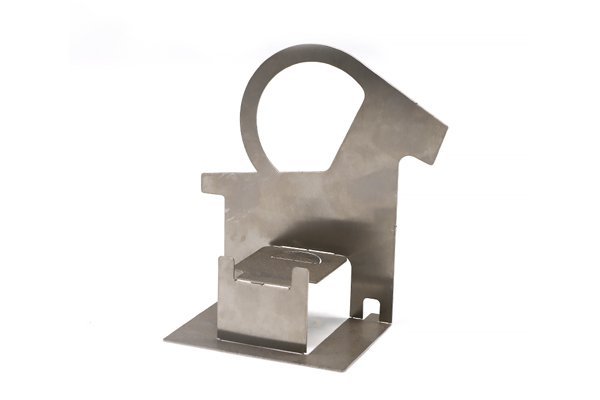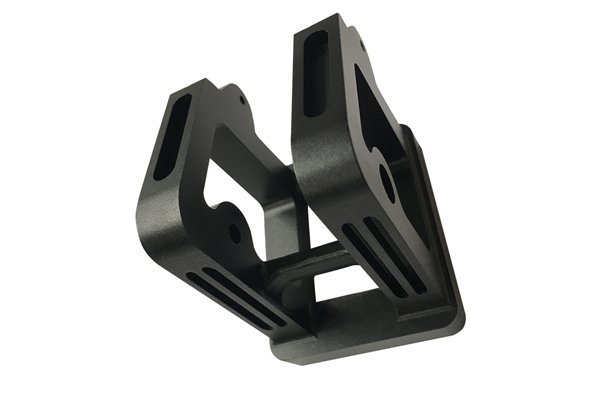Did you know that over 80% of manufacturers are currently using CNC (Computer Numerical Control) machining to enhance their production efficiency and product quality? In an era where precision and speed can distinguish successful companies from their competitors, the implementation of CNC machining is becoming a strategic necessity in various industries, including aerospace, automotive, medical, and electronic sectors.
This blog aims to explore the pivotal role of CNC machining for custom metal parts, the immense benefits it brings to various industries, a detailed examination of its technology, and how businesses can leverage it for growth and innovation.
The Evolution of CNC Machining
To fully appreciate the significance of CNC machining, it’s essential to understand its evolution. CNC machining traces its origins back to the 1940s with the advent of the first numerical control (NC) machines. These machines used punch cards guided by a computer to create parts, but they were primitive compared to the capabilities of modern CNC technology.
Today’s CNC machines are equipped with advanced software that allows for intricate designs, automated processes, and high levels of customization. This technological leap has made CNC machining indispensable for industries that require precision engineering and rapid prototyping.
What is CNC Machining?
CNC machining is a manufacturing process that utilizes computerized controls to operate machine tools. This includes lathes, mills, routers, and grinders. Unlike traditional machining which involves manually guiding tools by hand, CNC machines follow a pre-defined program to produce parts from various materials including aluminum, steel, brass, copper, and plastics.
The process begins with a Computer-Aided Design (CAD) file, which is translated into a Computer-Aided Manufacturing (CAM) program. This program directs the CNC machine to carry out specific operations, ensuring the exact specifications of the part are met.
Key Benefits of CNC Machining for Custom Metal Parts
One of the most significant benefits of CNC machining is its unparalleled precision. CNC machines have the capability to produce parts to incredibly tight tolerances, often within a few micrometers. This precision is especially critical in industries like aerospace and medical, where even the slightest deviation can result in failure or safety hazards.
CNC machining ensures that each part produced is of the same high quality. Once a program is developed and proven to produce acceptable parts, it can be run multiple times with identical results. This consistency reduces the likelihood of defects and enhances overall product quality, making CNC machining a go-to choice for custom metal parts.
CNC machines operate at remarkable speeds and can work continuously without the need for breaks, leading to increased productivity. Whether machining a single prototype or running large production batches, CNC machines can significantly reduce lead times.
With CNC machining, designers have the freedom to create highly complex geometries that would be difficult or impossible to achieve using traditional machining methods. This flexibility allows for the development of innovative designs that meet specific industry needs.
CNC machining optimizes the use of raw materials, minimizing waste compared to manual machining. By following precise guidelines and cutting only what is necessary, manufacturers can lower material costs and reduce their environmental footprint.
CNC machines require fewer operators, and the automated nature of CNC machining reduces the likelihood of human error. This shift not only saves on labor costs but also allows skilled workers to focus on more critical tasks, such as design and quality control.
CNC machining can be applied across various industries, including:
Implementing CNC Machining in Your Manufacturing Process
To reap the benefits of CNC machining, businesses need to take several key steps:

Before investing in CNC machining, it’s crucial to assess your business’s specific needs. Determine the types of parts you want to produce, their complexity, and the materials required.
Invest in CNC machines that align with your production requirements. This might include choosing between 3-axis or 5-axis machining, depending on the desired complexity of the parts.
CNC machining relies heavily on software. Advanced CAD/CAM software can streamline the design and production processes, enhancing efficiency and accuracy.
Lastly, invest in training for your workforce. Understanding CNC programming, machine operation, and quality control ensures you can optimize your operations and maintain high standards.
The Role of Prototyping in CNC Machining
Prototyping is a critical phase in the CNC machining process. Before large-scale production begins, engineers and designers typically create prototypes to test function, design, and manufacturability. CNC machining enables rapid prototyping, allowing businesses to produce a single custom part efficiently. This capability is crucial for iterative design processes, helping businesses to fine-tune their products based on real-world testing.
Comparing CNC Machining with Traditional Methods
When considering CNC machining vs. traditional methods, several factors come into play:
Industry Case Studies
Challenges and Considerations
While the benefits of CNC machining are substantial, businesses should be aware of potential challenges:
The Future of CNC Machining
As technology continues to advance, CNC machining is expected to integrate more closely with automation and artificial intelligence. Predictive maintenance, machine learning algorithms, and improved data analytics will enhance operational efficiencies and predictive capabilities.
In summary, CNC machining stands as a vital solution for industries seeking precision, efficiency, and quality in the production of custom metal parts. When companies harness the full potential of this technology—by understanding its advantages, investing in the right equipment, and applying best practices—they can achieve significant competitive advantages.
This blog underscores the transformative power of CNC machining, serving as a critical resource for manufacturers looking to innovate and improve their processes. As industries grow increasingly competitive, exploring CNC machining should not just be seen as an option but rather a strategic move essential for long-term success and sustainability.






